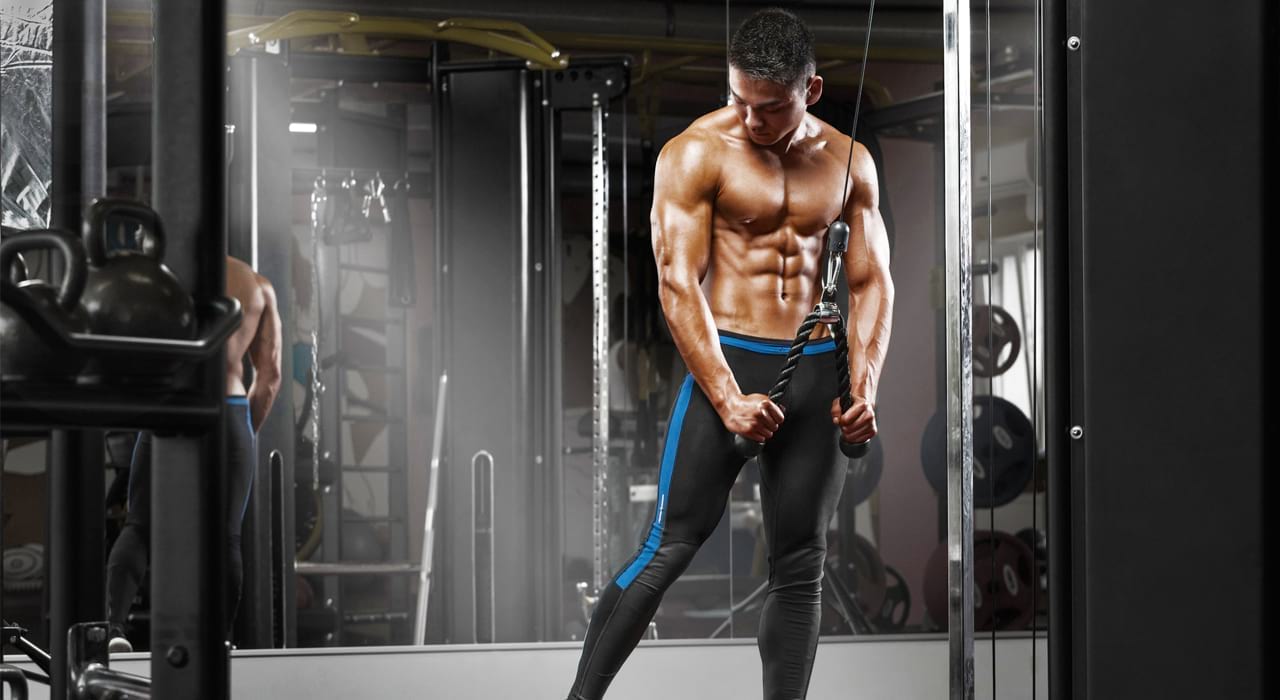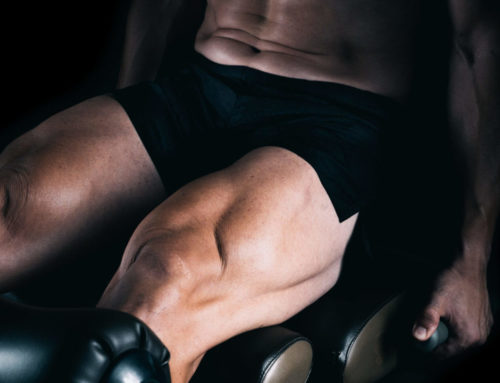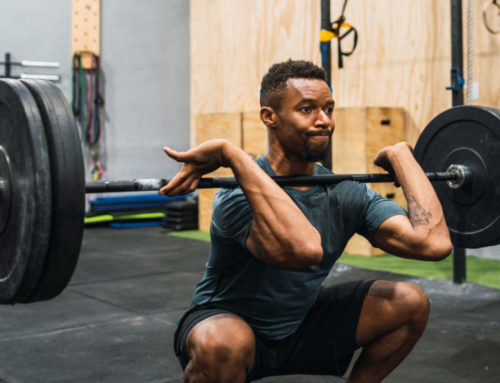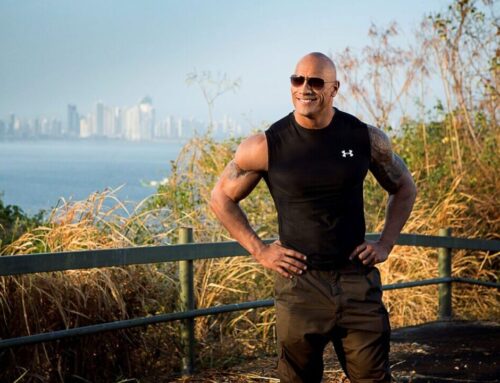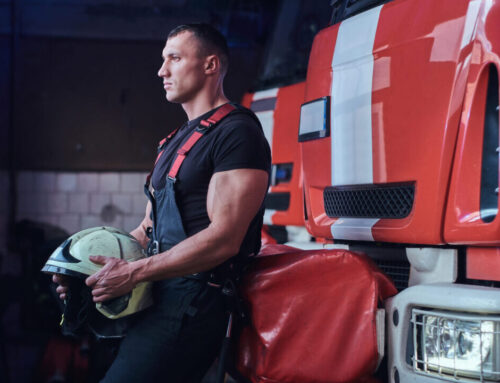There are innumerable routines that promise to stack mass onto your arms, but if you need visible gains in a heartbeat, follow Eric Fleishman’s tactics to hit your goals faster than the competition.
I cannot tell you how many times I’ve run into actors or directors I’ve not seen for a few months who greet me by saying: “Hey, Eric. Check it out! I’ve been hitting the gym hard.” That’s generally followed by the obligatory bicep pose, an attempt to prove their time working out was well spent.
However, the size, shape and density of any bicep would have to undergo some major improvement to impress me. And that’s because to build the perfect set of guns you have to follow certain criteria.
Decide between form and function
First, one must make the distinction between the athletic performance of the muscle versus its aesthetic appeal. I’ve seen big arms that can curl huge weights but look like overgrown stuffed sausages. They don’t have that appealing look of an action star. Locate the correct exercises to create the desired look and you’ll be on the same page as the rest of us in Hollywood.
Choose your exercises carefully
Use exercises that create a high, round bicep rather than a long, lean one. It always amazes me when I see people coming all the way down and then halfway up while they’re curling. Why would they want to extend the bicep? The best looking arms I’ve ever seen look like Hall of Fame catcher Johnny Bench slipped a baseball under your skin.
Next, I always remind people to place their arm in front of them at a right angle and rotate their wrists. Watch the bicep move back and forth, because this articulates the need for a twist and a squeeze at the top of the motion to ensure full contraction of the bicep.
And lastly, all bicep exercises must be performed with the thumbs wrapped around the bar to ensure the forearm/ bicep relationship stays strong. For those who favor a thumbless grip for bicep workouts, they risk throwing off the unity and proportionate strength differential between the two muscular groups.
Load them correctly
Below are the two secret weapons we’ll use to create your new set of cannons.
Jet reps
These are limited range of motion repetitions designed to keep the desired muscle and desired location within the muscle in constant tension during exercise. This rep style also dramatically reduces the chance of injury during a workout because most accidents occur near or during lock out of a joint.
Engorge phase
Immediately after each set, a 10-second contraction of the muscle will help summon blood to the region, delivering nutrient-rich food directly to the muscle.
The workout
Do four sets of each exercise, gradually increasing the weight in each set. Start at 15 reps, then decrease the rep range as the weight increases.
Seated barbell curl
Begin with the bar on your lap with your elbows behind you. Raise the bar up to touch your chin with your elbows swinging forward in front of you at the top. Contract hard momentarily at the top of the motion. Then thrust your chest forward and drag the bar down your chest, and then through your lap, and repeat. Next, engorge.
Standing dumbbell curl
Rest the weights on your hips, arms bent, elbows behind you. Curl the weight up, squeezing and twisting at the top of the motion. Repeat. Then engorge.
U-shaped bar cable curl
Bend your knees, grab the bar and begin at waist level, elbows bent. Bring the bar to your chin and contract your biceps at the top. Keep your abs tight. Repeat. Then engorge.
Zottman curls
Hold two dumbbells with your palms facing forward, tuck your elbows in at the sides and curl the weights. At the top, squeeze your biceps hard, then rotate the weights until your palms face forward. Lower, then rotate again at the bottom. Keep the weight light to ensure good form and do drop-sets of 8-10 reps.
Find workouts and more in every issue of TRAIN magazine.


